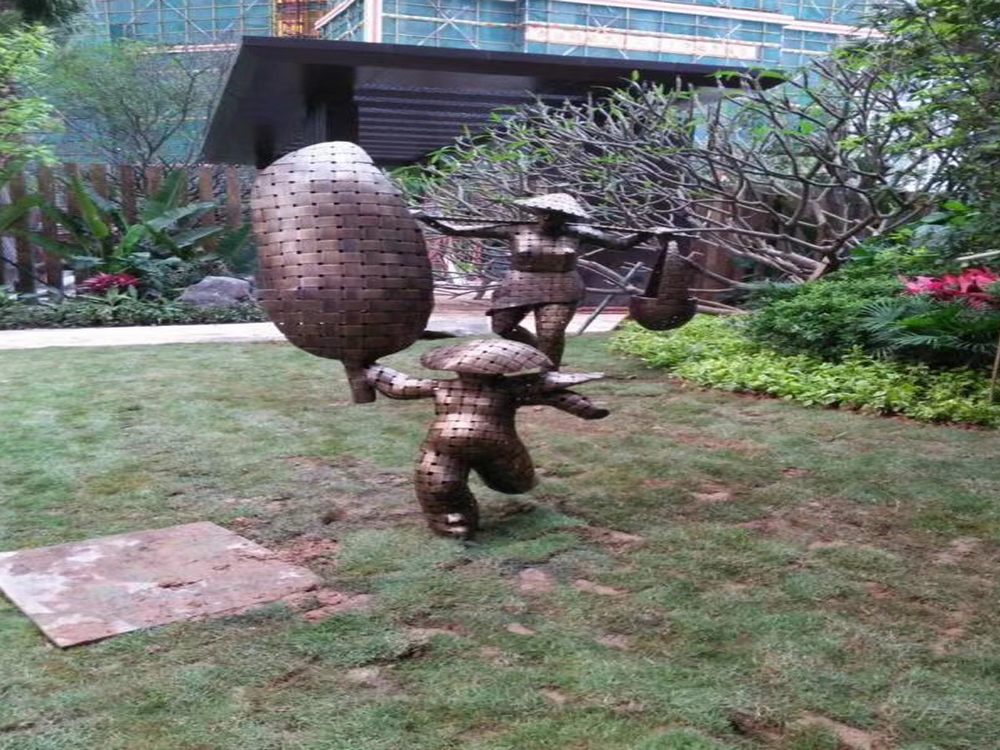
Artists masterfully craft the illusion of motion or energy in stationary metal sculptures through a combination of innovative techniques and thoughtful design. One key method involves manipulating form and composition—twisting, curving, or fragmenting metal to suggest movement. For example, spiraling shapes or asymmetrical arrangements evoke a sense of dynamism, as seen in works like Alexander Calder’s mobiles, which appear to defy gravity.
Another technique is the use of implied lines and directional forces. By angling edges or incorporating sweeping curves, artists guide the viewer’s eye along a path, creating a visual rhythm that mimics motion. Texturing surfaces with hammer marks or polished finishes can also enhance this effect, as light interacts differently with varied textures, adding a sense of liveliness.
Additionally, balance and tension play crucial roles. Sculptures that appear precariously balanced, like tilting figures or cantilevered elements, generate an energetic tension, making static pieces feel momentarily unstable—and thus alive. Artists may also incorporate kinetic principles, such as suspended components or overlapping layers, to suggest potential movement even in fixed works.
Ultimately, the illusion of motion in metal sculptures stems from the artist’s ability to manipulate perception through form, line, texture, and composition, transforming rigid materials into expressions of vitality and energy.

